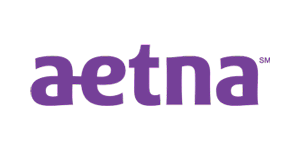Introduction
Having dental insurance is a wonderful thing, but it helps to know how to use it effectively. There’s more to it than just whipping out a card when you go in to visit your dentist. It’s also important to know how to most effectively use your coverage. With the end of the year closing in, we’re set to provide some tips on using your insurance. With a little attention to these few simple details, you can make sure you get your money’s worth.
Understanding Insurance and How To Use It Effectively
The first and probably most important thing to know about your insurance is that it operates on a yearly cycle. This means that anything not used by the end of the year is essentially wasted money. There are some exceptions to this. Certain dental insurance companies may have their ‘end of year’ at some time other than the end of the Calendar year. They most often coincide with one of the four fiscal quarters of the year. Check with your provider to find out which applies to you.
Regardless of when your benefits year ends, these five tips can help you get the most out of your insurance:
- Yearly Maximum – Like most insurance, your dental plan has a maximum amount it will pay out each year. In most cases, this number sits at about $1,000 each year, though your plan may vary. Anything that remains unused at the end of the year just falls off. You don’t get to roll it over to the next year. Using it before the year ends is essential to making the most of your coverage.
- Deductible – Most plans have a deductible that will come out of your pocket prior to any payout by the insurance company. The details of your plan, which dentist you use, and what treatment you’re receiving can all influence your deductible. When the end of the year arrives, your required deductible resets with your yearly maximum.
- Premiums – Each month, you’ll pay your dental premium, so make sure you get the most out of your insurance. Make sure that you make a minimum of two visits a year, even if you don’t think you need dental care. This basic care will ensure your dental care is paying for itself.
- Fee Increases – If your insurance or dentist is going to increase their fees, it’s going to be at the beginning of the year. This tends to coincide with all the other cost increases from materials, equipment, and the cost of living. Beat this tendency by making sure you get your visits by the end of the year.
- Limited Co-Pay – This doesn’t apply to all dental coverage, but some limit the amount you’ll need to pay in co-pays each year. It’s important to know that deductibles and co-pays are not the same things. Paying your co-pay doesn’t generally contribute to your deductible maximum. In some cases, however, your plan will have a maximum you’ll need to pay in co-pays. Like all other aspects of your insurance, it’ll reset at the beginning of the year.
Each of these points makes strong arguments for using as much of your coverage as you can by the year’s end.
Speak To Your Dentist And Insurance Provider Today!
To make sure you’re getting the most out of your insurance, coordinate with your insurance provider and dentist. They’ll go over the coverage you have remaining and the care you still require.





















